H5N1 highly pathogenic avian influenza (HPAI) Reported in indiana
On Feb. 9, 2022, the Indiana Department of Health confirmed that a case of H5N1 highly pathogenic avian…
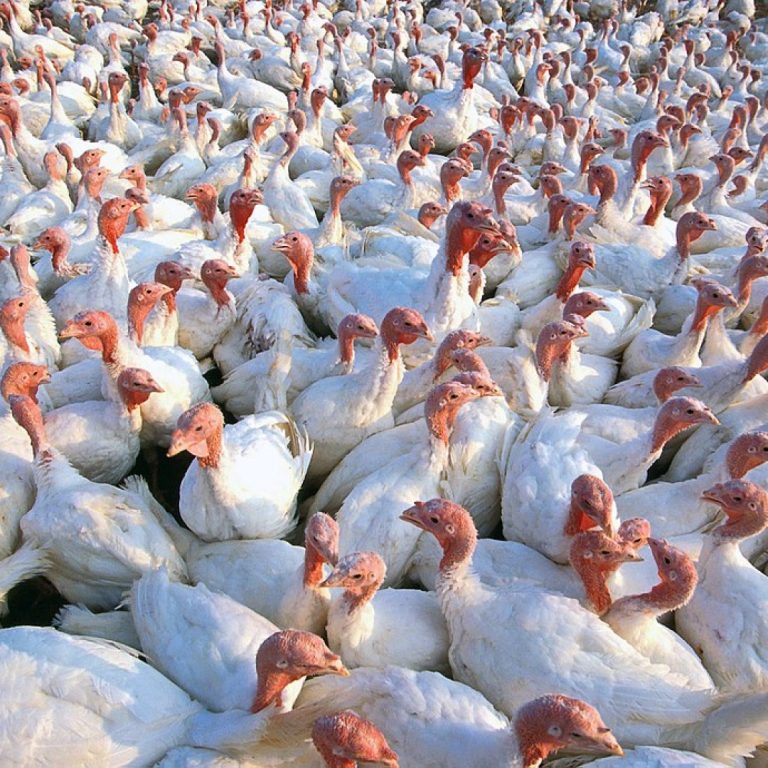
On Feb. 9, 2022, the Indiana Department of Health confirmed that a case of H5N1 highly pathogenic avian…
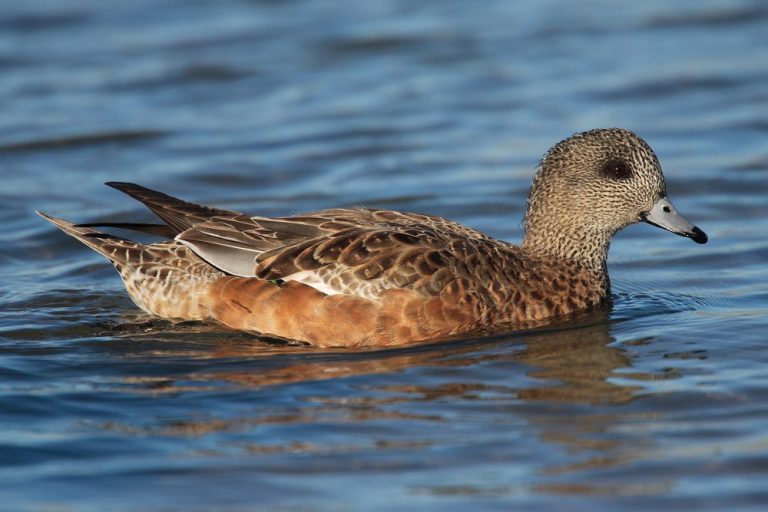
On Jan. 14, 2022, the U.S. Department of Agriculture’s (USDA) National Veterinary Services Laboratories confirmed a highly pathogenic…
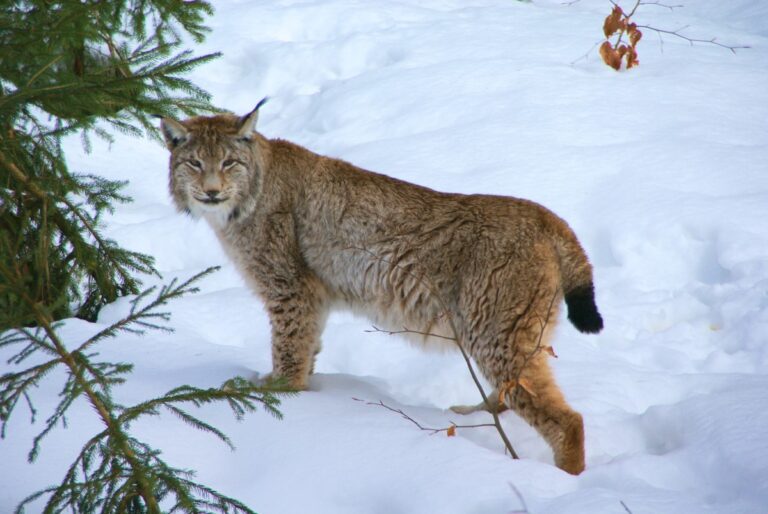
On Dec. 21, 2021, the United States Department of Agriculture’s (USDA) National Veterinary Services Laboratories announced confirmation of…
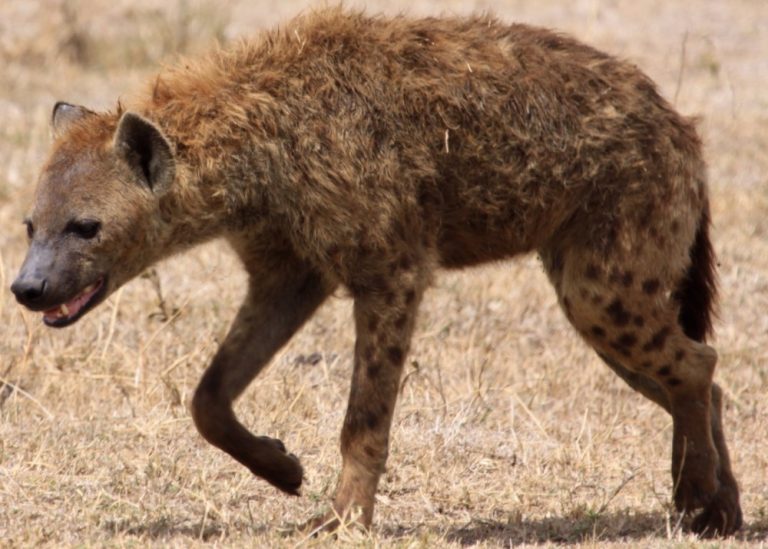
On Nov. 5, 2021, the USDA’s (USDA) National Veterinary Services Laboratories announced confirmation of SARS-CoV-2 in two spotted…
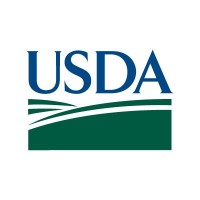
On Oct. 2, 2021, the Auburn University College of Veterinary Medicine was announced as the home to the…
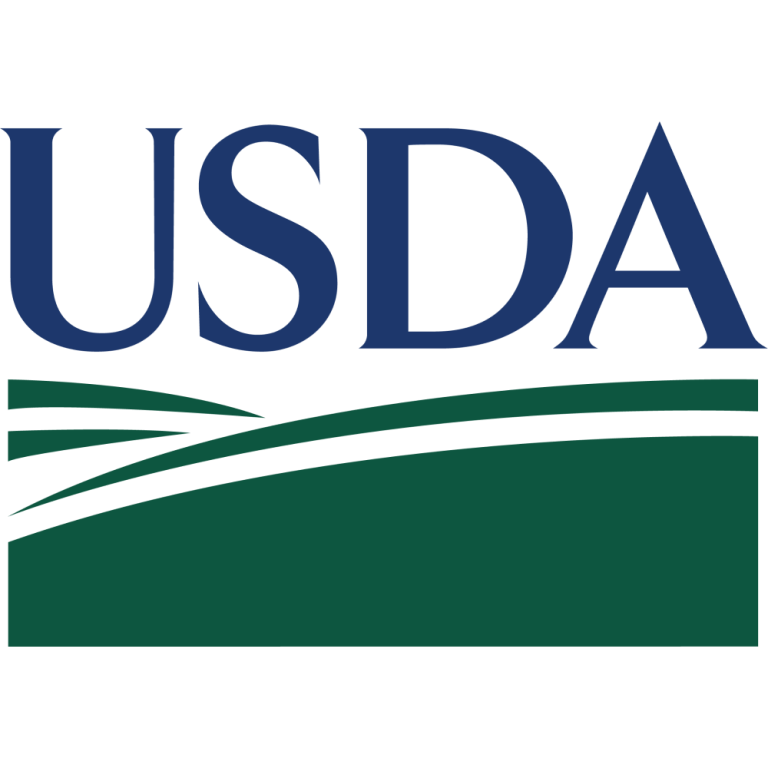
On Sept. 24, 2021, the U.S. Department of Agriculture’s (USDA) announced confirmation of SARS-CoV-2 in a ferret in…

On Aug. 27, 2021, the USDA’s National Veterinary Services Laboratories announced confirmation of SARS-CoV-2 (the virus that causes…

On May 28, 2021, the Oregon Department of Agriculture (ODA) lifted the quarantine on the Oregon mink farm…
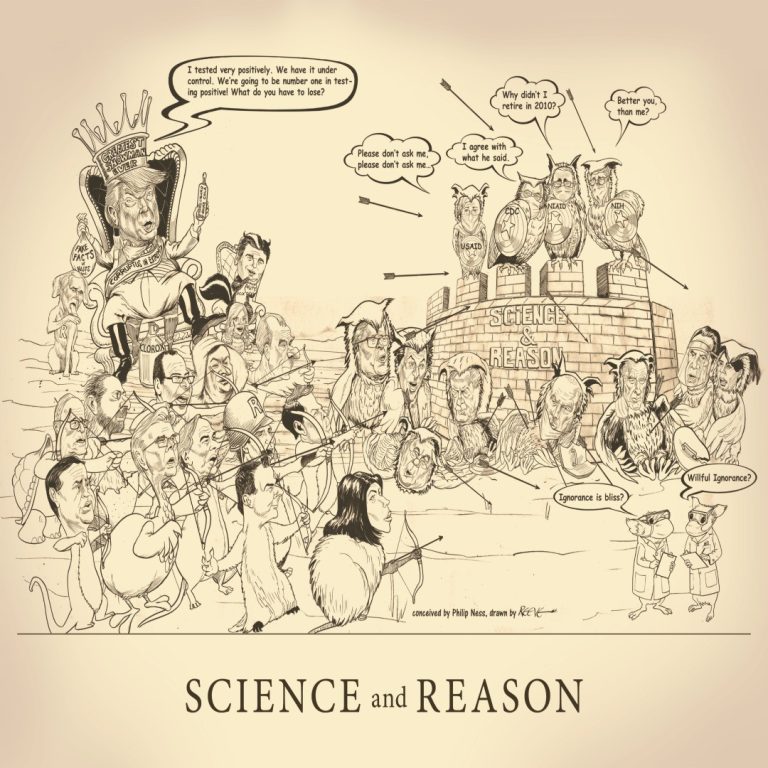
COVID-19 and it’s naysayers are attacking Science and Reason. The defenders must suffer the slings and arrows from…
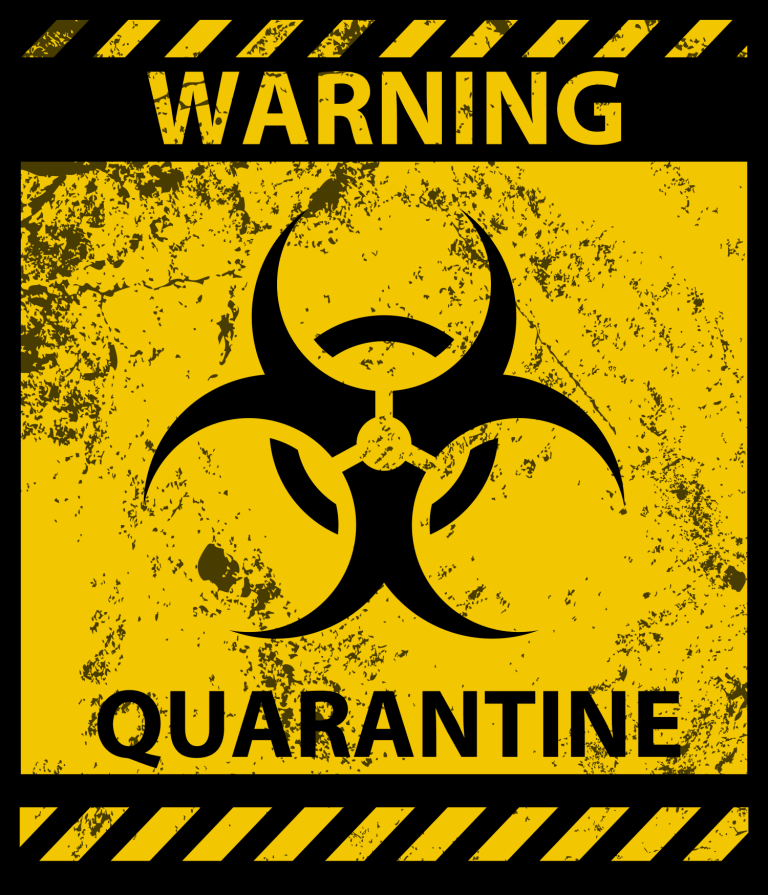
On Feb. 11, 2021, the Oregon Department of Agriculture (ODA) lifted the quarantine on the Oregon mink farm…
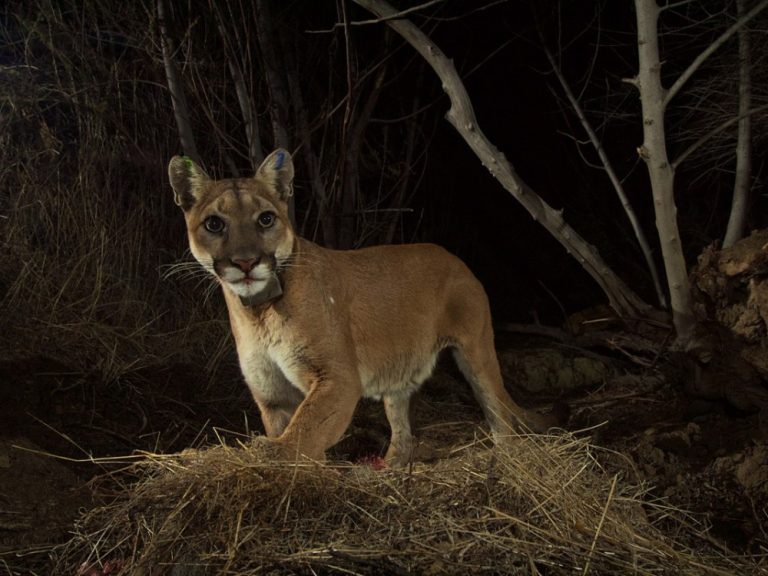
On Feb. 10, 2021, the United States Department of Agriculture (USDA) National Veterinary Services Laboratories announced confirmation of…
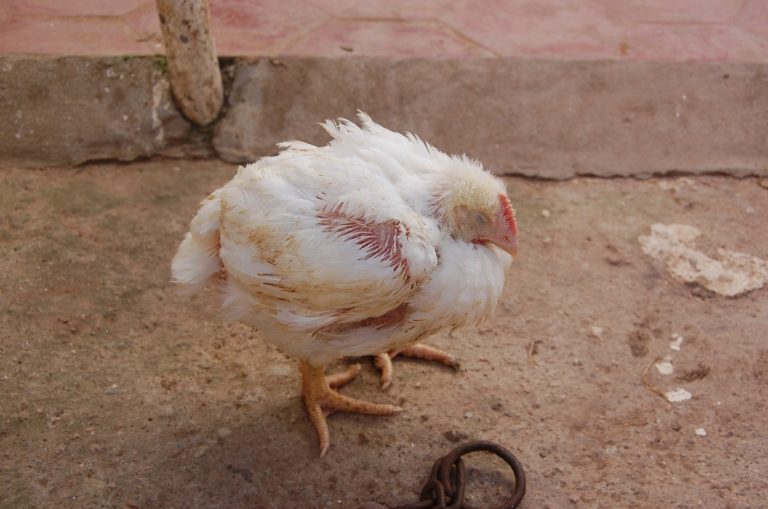
On Jan. 21, 2021, Zoetis announced it had as expanded its line of recombinant vector vaccines with the…

On Jan. 13, 2021, the USDAメs (USDA) National Veterinary Services Laboratories announced confirmation of SARS-CoV-2 (the virus that…
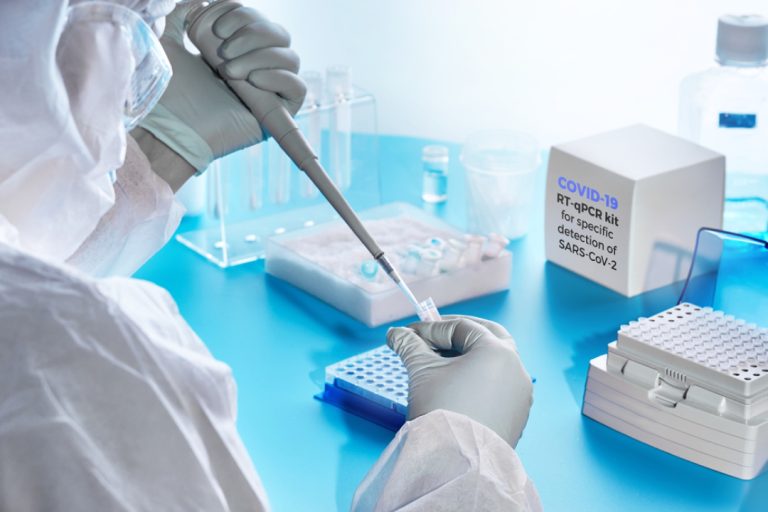
On Jan. 13, 2021, the Oregon Department of Agriculture (ODA) continueed to test, survey, and trap at an…
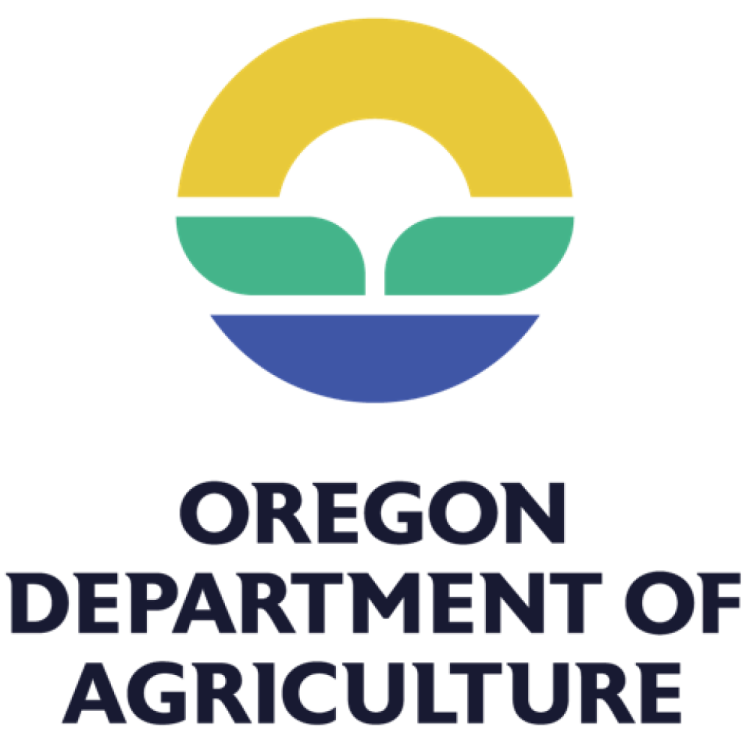
On Dec. 23, 2020, recent tests confirmed mink that tested positive for SARS-CoV-2 at an Oregon farm in…
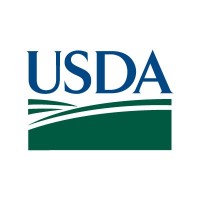
On Dec. 11, 2020, the USDA’s National Veterinary Services Laboratories announced the first confirmed case of SARS-CoV-2 (the…

On Nov. 27, 2020, the U.S. Department of Agriculture (USDA) announced that it had confirmed cases of SARS-CoV-2…
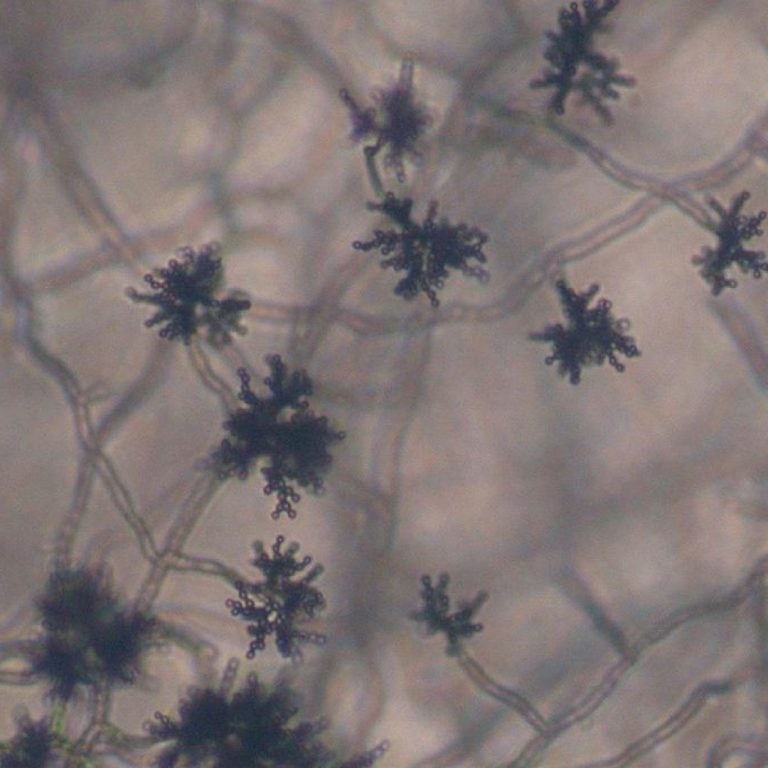
On Sept. 23, 2020, the USDA Agricultural Research Service (ARS) announced that a harmless airborne fungus, Cladosporium sphaerospermum…
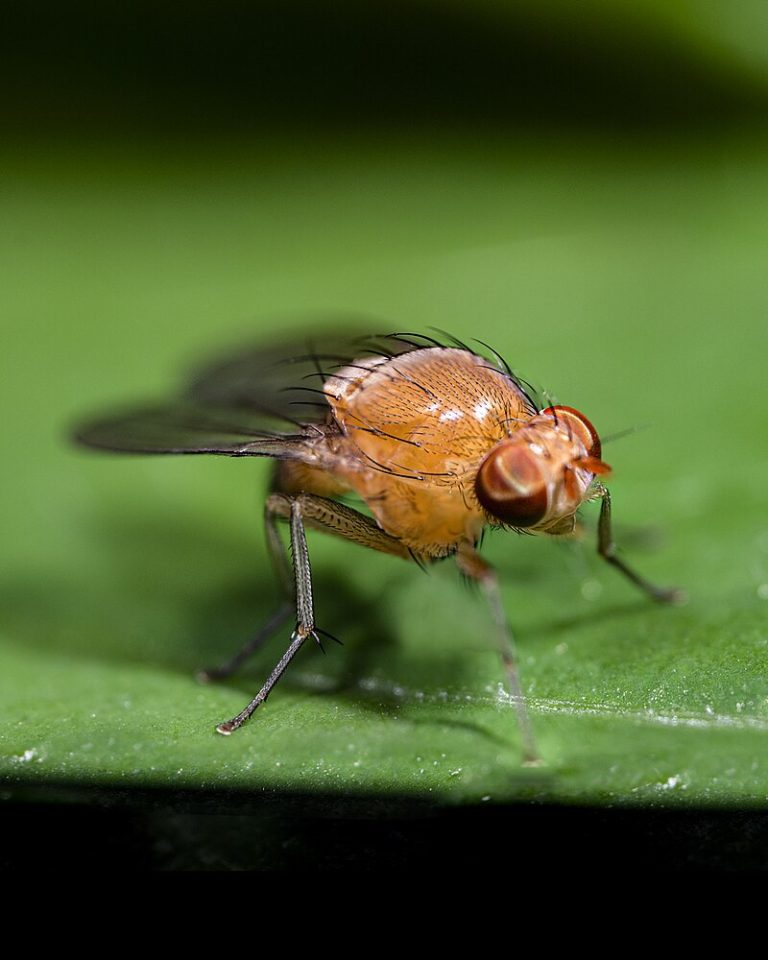
On Sept. 17, 2020, two Cornell University research teams, studying crop viruses and insecticides’ physiological effects on insects,…

On Sept. 15, 2020, a team of scientists in the U.S. Department of Agriculture’s (USDA) Agriculture Research Service…

On Aug. 17, 2020, the USDA National Veterinary Services Laboratories (NVSL) announced the first confirmed cases of SARS-CoV-2…
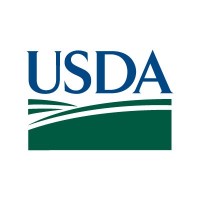
On Jul. 8, 2020, the USDA announced the initial purchase of vaccine for the National Animal Vaccine and…
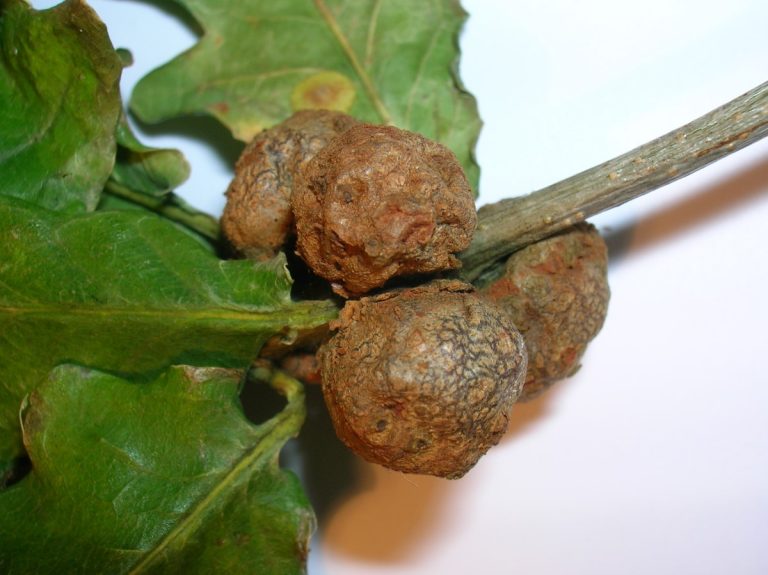
On Jun. 4, 2020, Agricultural Research Service scientists and their Oregon State University collaborators announced they had developed…
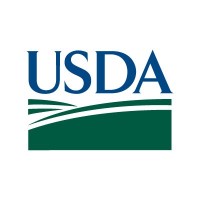
On Jun. 2, 2020, the USDA announced the first confirmed case of SARS-CoV-2 (the virus that causes COVID-19)…
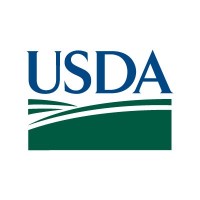
On Jun. 1, 2020, the USDA announced it is transitioning its virulent Newcastle disease (vND) efforts in southern…

On May 14, 2020, the USDA announced the Agricultural Research Service (ARS) has released a trio of Joy…
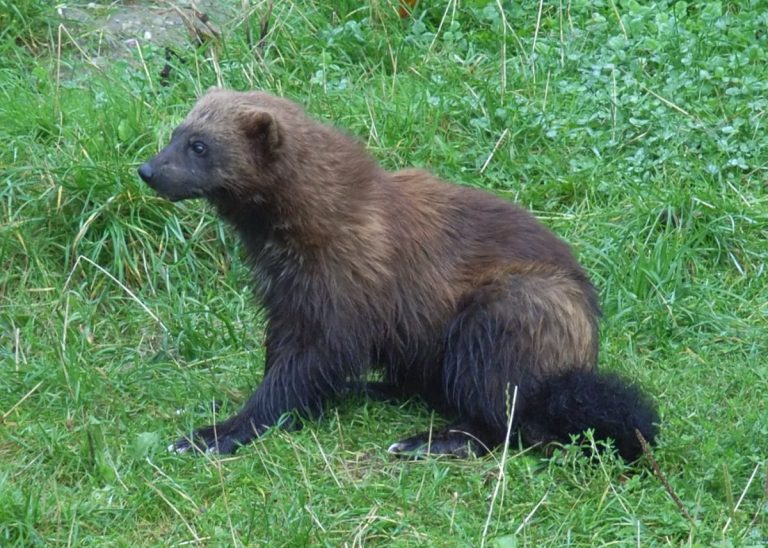
On May 6, 2020, the U.S. Dept. of Agriculture (USDA) announced that a new freeze-resistant Trichinella species had…

On May 5, 2020, Tyson Foods announced resumption of limited production at its Waterloo, Iowa facility May 7….

On Apr. 27, 2020, Yield10 Bioscience announced it has obtained a positive response from USDA-APHIS’s Biotechnology Regulatory Services…

On Apr. 22, 2020, the CDC and the USDA National Veterinary Services Laboratories announced the first confirmed cases…